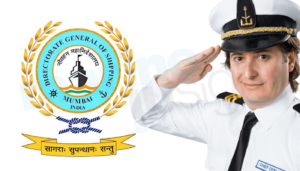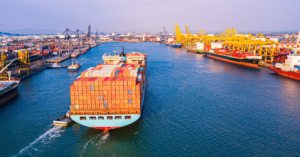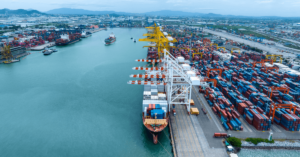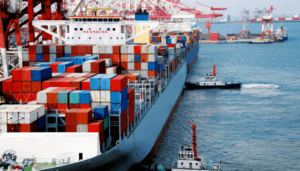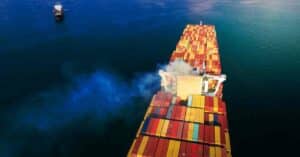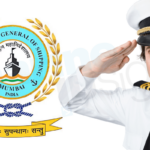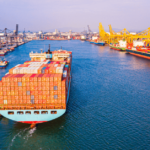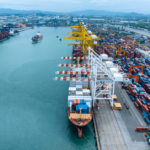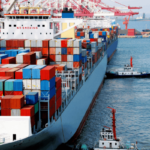Maritime Labour Convention (MLC),2006 to Finally Come into Action in August 2013
Maritime Labour Convention (MLC), one of the most eagerly awaited maritime regulations, will finally enter into force on August 20th, 2013. The International Labour Organization (ILO) on receiving the 30th ratification completed the minimum requirement for the Maritime Labour Convention (MLC), 2006 to come into action.
With a number of advantages, the Maritime Labour Convention (MLC) comes as a big relief for seafarers, ship owners, and governments around the world. After the 30th ratification, the convention now represents almost 60% of world’s gross tonnage and more than 1.2 million seafarers. Decent working environment, employment conditions, and health and medical protection are some of the main issues that would be addressed by the much awaited convention.
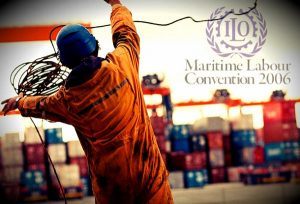
With Maritime Labour Convention into action, seafarers around the world will benefit from international standards/framework for working and living conditions both on board ships and on shore. Under the act, all ships of 500 tons and above will have to be certified as complying with the minimum requirements put-forth by the Maritime Labour Convection (MLC).
The Maritime Labour Convention (MLC) is divided into 5 main titles which are:
1. Minimum Requirements for seafarers to work on ships
- Minimum age
- Medical certificate
- Training and certifications
- Recruitment and placement
2. Conditions of Employment
- Seafarer’s Employment Agreement
- Wages
- Hours of rest and hours of work
- Entitlement to leave
- Repatriation
- Seafarer compensation for ship’s loss or foundering
- Manning levels
- Career and skill development and opportunities for seafarer’s employment
3. Accommodation, Recreation, Food and Catering
- Accommodation and recreational facilities
- Food and catering
4. Health Protection, Medical Care, Welfare and Social Security Protection
- Medical care on board and ashore
- Ship owner’s liability
- Health and safety protection and accident prevention
- Access to shore based welfare facilities
- Social Security
5. Compliance and Enforcement
- Flag state responsibility
- Authorization of recognized organizations
- Maritime labour certificate and declaration of maritime labour compliance
- Inspection and enforcement
- On board compliance procedures
- Port State Responsibilities
- Marine Casualties
- Labour Supplying responsibilities
The Maritime Labour Convention (MLC) once implemented would ensure that seafarers around the world are able to avail their basic rights in terms of working condition, medical benefits, accommodation facilities, and social security protection.
However, the real challenge lies in the implementation of convention globally. Certification of ships and ship owners would require substantial work, time, and resources. The maritime industry as a whole will have to work towards effective implementation of the convention.
Ships that are not certified or those belonging to non-ratifying states will not be able to avail any benefits or favours and might also face difficulties while entering ports of ratifying states.
The Maritime Labour Convention (MLC) has received tremendous support from seafarers, ship owners, and governments around the world. As a result of this comprehensive set of maritime labour rights and principles, it is expected that working and living conditions of seafarers would substantially improve, making shipping a genuinely global industry.
Read/Download the Maritime Labour Convention, 2006 here
Image Credits : Safety4Sea

About Author
Raunek Kantharia is a marine engineer turned maritime writer and entrepreneur. After a brief stint at the sea, he founded Marine Insight in 2010. Apart from managing Marine Insight, he also writes for a number of maritime magazines and websites.
Do you have info to share with us ? Suggest a correction
Latest Maritime law Articles You Would Like:
Latest News
- What is the Purpose of DG Shipping?
- What are Logistics Risks?
- How Port and Terminal Operators Can Control Emissions?
- Minimum Quantity Commitment (MQC) and Liquidated Damages in Container Shipping: Concept and Relevance
- MARPOL (The International Convention for Prevention of Marine Pollution For Ships): The Ultimate Guide
- The Ultimate Shipping Container Dimensions Guide
Subscribe To Our Newsletters
By subscribing, you agree to our Privacy Policy and may receive occasional deal communications; you can unsubscribe anytime.



